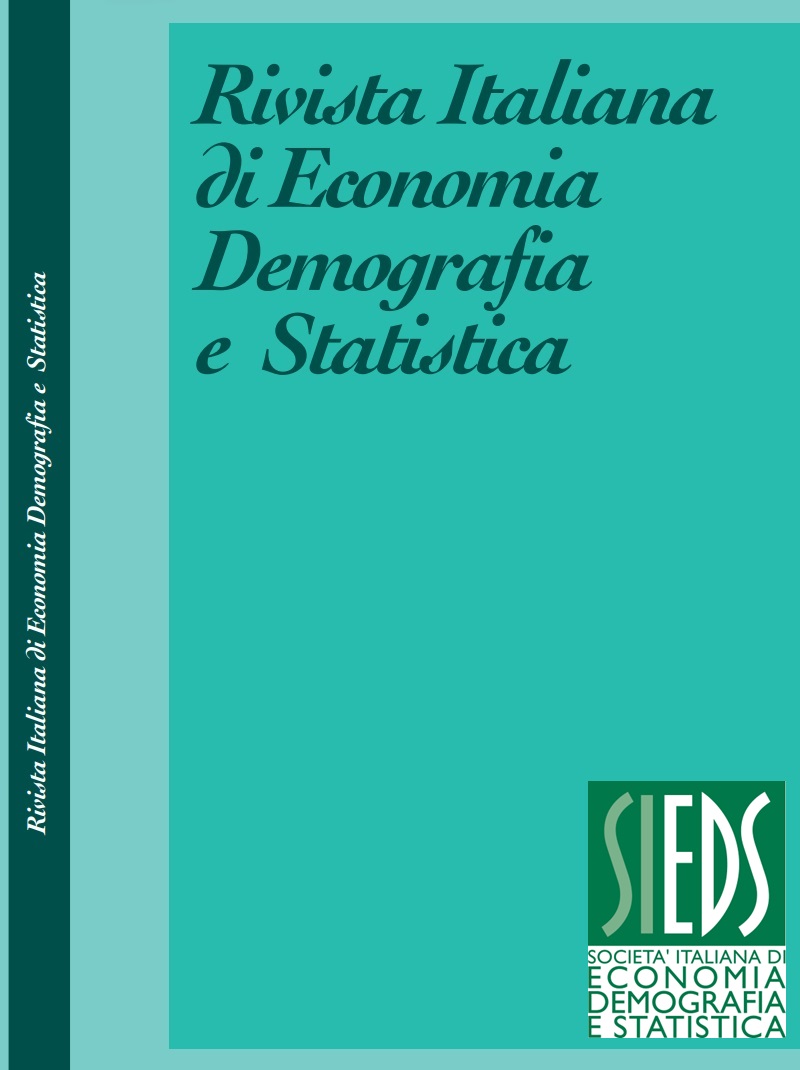The estimation of the costs of insularity through a regressive econometric model applied to Sicily
Abstract
The geographic nature of the islands determines a peculiar condition of peripherality and specific accessibility problems often associated with the presence of structural delays in development processes. Data on the gaps due to insularity, as the case of Sicily clearly shows, returns an alarming picture that highlights employment imbalances, high poverty, high costs for transport, widespread margins, reduced internationalization and a decisive infrastructural inequality. In this work we have tried to offer a contribution to the meager debate on insularity, starting from the measurement of the disadvantage of insularity in economic terms. For Sicily, an estimate of the costs related to the insularity was drawn up using a regressive econometric approach based on the analysis of some factors that determine the development of an island territory, namely "size", "distance" and "vulnerability". The study produced an estimate that quantifies the cost of insularity for Sicily at approximately 6.23 billion euros per year, equal to 7.0 percent of regional GDP. The relevance of the issue requires that it also be referred to other territorial contexts and to more defined methods, with the main aim of defining and proposing specific public intervention assets and basing on verifiable quantitative parameters, the financial dimensioning of a specific investment policy aimed at a cohesive action for island territories based on inclusive and sustainable development trajectories.
Downloads
Published
Issue
Section
License
Copyright (c) 2022 Gaetano Armao, Alberto Dolce, Federico Lasco, Rosario Milazzo, Domenico Spampinato

This work is licensed under a Creative Commons Attribution 4.0 International License.



